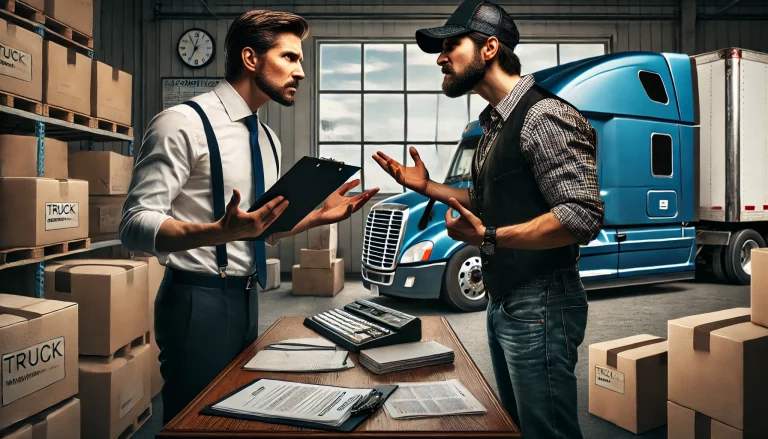A simple, yet often debated task of freight brokers is the check call. What is the best method to keep in touch with your drivers? How often should you be in contact with them? It really all depends. It depends on what your customer expects from you, and it depends on what expectations you’ve set with your carrier when you tender the load to them. Surprising your carrier with a flood of calls and texts at odd hours of the day will only hurt your relationship with them, and so will surprising them with unnecessary fines for failing to communicate with you.
My rule of thumb is to ensure you communicate the expectation with your carriers and drivers from the start. A simple load may only need a quick update once or twice a day, while some loads may require GPS updates and additional calls or even pictures throughout the load. Let’s look at the most common methods to get updates from your carrier.
Phone Call
This might likely be the most common method used. A simple phone call at each stop along with a couple updates along the way ensures solid 2-way communication between you and the driver. If issues arise along the way such as weather or traffic delays, you can discuss them with your driver as they happen. Phone calls can be brief effective ways to get location and status updates while also ensuring your driver has some social interaction with you. Driving for hours on end can get mundane and boring, and some drivers really enjoy some conversation along the way. Often your repeat carriers will look forward to having some time to chat it up with you!
Text Message
Texting is a quick efficient way to send updates that don’t require an immediate response or action from the other party. A driver can easily send you a text alerting you that they’ve cleared the pickup or that they are on track each morning or evening of their trip. Texting also allows you to send and receive pictures that might be required for your customer such as proof of reefer temperature or images of the loaded trailer. Since texts might sit unread for some time, don’t expect to get an immediate response from a driver if you send them a text. That is where a phone call would likely be the better option.
Email
Like texting, email is another great tool for sending and receiving images or other larger files that are associated with the load. If you require documentation at one of your stops, emailing these documents allows you to simply forward essential information directly to your customer as needed. Also like texting, there is usually a delay in response time versus a phone call, so make sure you use email only when it’s the appropriate best method for communicating.
GPS Tracking
Enabling GPS tracking with vendors such as MacroPoint, Truckstop, or various ELD providers allows you or your customer to receive and see location updates without any action from your drivers. Some carriers might be reluctant to enable GPS tracking so make sure you clearly set this expectation from the start with your carriers. GPS updates might be required for some shippers, so you may not have an option. If you do have the option, I always recommend asking the carrier if they are comfortable with GPS tracking prior to requesting it.
The Bottom Line
There are many ways to stay in touch with your drivers throughout a load’s movement. You can mix and match these ways to make sure efficiency and speed are addressed. Don’t overload your carriers with unnecessary check calls or requests, and make sure you set all expectation up front! When in doubt, it’s probably safe to just pick up the phone and call.





